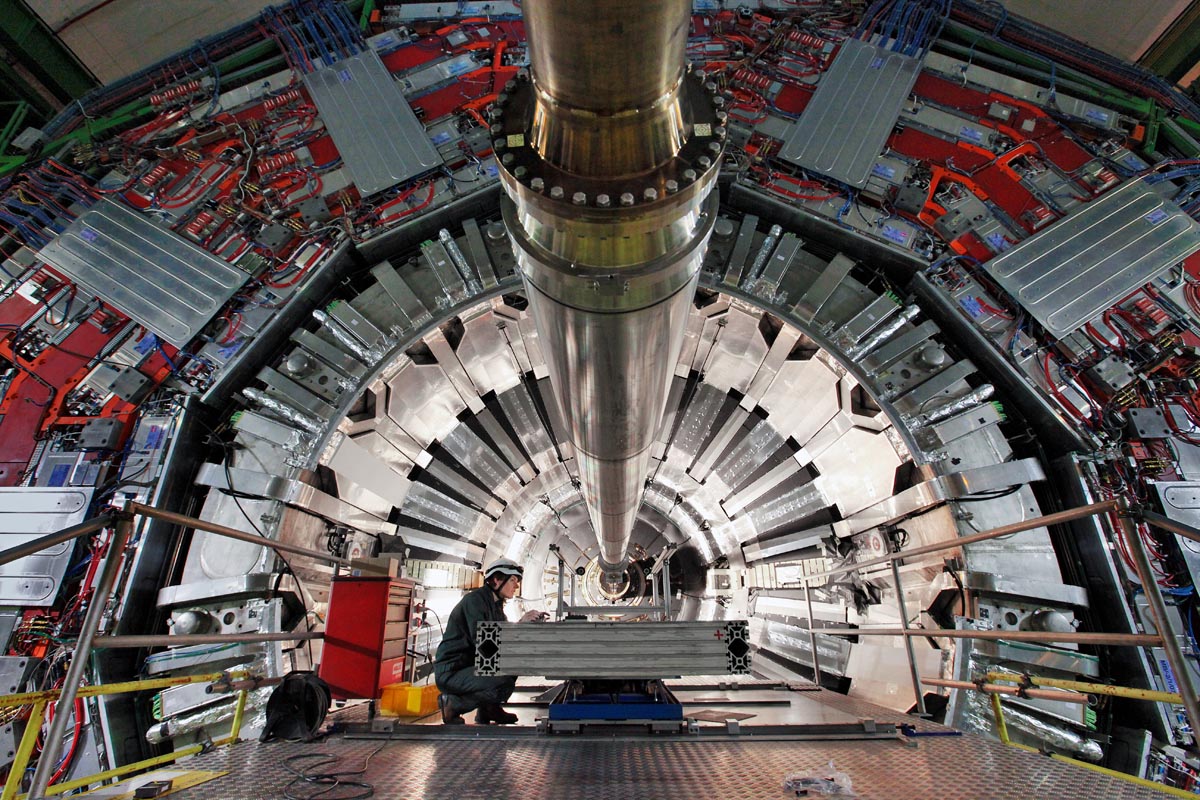CERN, the European Organization for Nuclear Research, stands as a bastion of scientific inquiry and technological advancement. Established in 1954, its core mission is to delve into understanding the fundamental constituents of matter through high-energy particle physics. This article explores some intriguing facts about CERN that illuminate its significance in the scientific community and beyond.
1. The Large Hadron Collider: A Marvel of Engineering
At the heart of CERN’s research facilities lies the Large Hadron Collider (LHC), the world’s most powerful particle accelerator. Spanning 17 miles (27 kilometers) beneath the Franco-Swiss border, the LHC is an intricate labyrinth of superconducting magnets and detectors. It can accelerate protons to near-light speeds, allowing collisions that create conditions akin to those just moments after the Big Bang. The engineering prowess involved in constructing and maintaining this gargantuan apparatus reflects decades of innovation and collaboration among scientists and engineers from across the globe.
2. Discovering the Higgs Boson: A Landmark Achievement
One of the most groundbreaking discoveries made at CERN was the identification of the Higgs boson in 2012. This particle, often referred to as the “God particle,” plays a crucial role in the Standard Model of particle physics, providing insight into the mechanism through which particles acquire mass. Its discovery, confirmed by two experiments at the LHC, not only validated theoretical predictions made nearly fifty years earlier but also earned François Englert and Peter Higgs the Nobel Prize in Physics in 2013, solidifying CERN’s position at the forefront of particle physics research.
3. The Birthplace of the World Wide Web
Not many may be aware that CERN is also credited with the invention of the World Wide Web. In 1989, Tim Berners-Lee, a British computer scientist working at CERN, proposed a system to facilitate information sharing among physicists. This revolutionary concept evolved into the web we utilize today. CERN’s open-access policy allowed for widespread adoption of web technologies, transforming how scientists and the general public access information.
4. International Collaboration: A Global Endeavor
CERN exemplifies international cooperation in science. With 23 member states and numerous observer countries, its activities bring together thousands of scientists, engineers, and students from over 100 nationalities. Such collaboration fosters a rich environment for knowledge exchange and innovation. Joint projects, such as the LHC and the Compact Muon Solenoid (CMS), showcase not only scientific ambition but also a profound commitment to understanding the universe through collective effort.
5. A Multifaceted Research Environment
Although CERN is primarily synonymous with particle physics, its research extends into numerous interdisciplinary fields. Projects range from studies in medical physics, where particle beams are employed in cancer treatment, to advancements in computational science and engineering. The development of particle detectors and data analysis software at CERN has applications in various domains, including data mining and imaging technology.
6. The Dark Matter and Dark Energy Quest
CERN’s scientists are at the forefront of unraveling the mysteries of dark matter and dark energy, two phenomena that comprise approximately 95% of the universe yet remain elusive. Through initiatives such as the LHC and the recently proposed Future Circular Collider (FCC), CERN aims to probe beyond the Standard Model, seeking to uncover potential candidates for dark matter particles and exploring the energetic dynamics that govern the universe’s expansion.
7. The CERN ‘Open Data’ Initiative
Recognizing the importance of transparency and public engagement, CERN has launched its ‘Open Data’ initiative, allowing the global community to access and utilize data generated by experiments like those conducted at the LHC. This initiative not only facilitates educational outreach but also fosters innovation, as researchers, students, and enthusiasts can conduct their own analyses and contribute to ongoing scientific discussions. The democratization of data represents a significant shift in how scientific research is shared and disseminated.
8. The Impact of Cern on Education and Outreach
CERN places a strong emphasis on education and outreach, hosting thousands of visitors annually. Its exhibitions, guided tours, and public lectures engage individuals of all ages, promoting interest in physics and science. The annual CERN Summer Student Program attracts talented undergraduates, providing them with hands-on research experience, mentorship, and an opportunity to contribute to groundbreaking projects. Through these initiatives, CERN cultivates a new generation of scientists and encourages a scientific mindset among the general populace.
9. The Future of Particle Physics
The future of particle physics research at CERN looks promising. Plans for the Future Circular Collider (FCC) are underway, aiming to push the energy frontier. This proposed facility, which would exceed the capabilities of the LHC, aspires to deepen our understanding of fundamental forces and particles. As technologies advance, the boundary of what is possible in particle physics continuously expands, raising new questions and challenging existing paradigms.
Conclusion
In summary, CERN represents not just a physical location dedicated to scientific inquiry; it embodies a collective aspiration to explore the fundamental nature of the universe. From the engineering marvel of the LHC to the intricate web of interdisciplinary research and international collaboration, CERN continues to be at the forefront of scientific discovery. As the organization ventures into the future, it remains a symbol of human ingenuity and the undying quest for knowledge, offering a glimpse into the profound mysteries that await our exploration.












